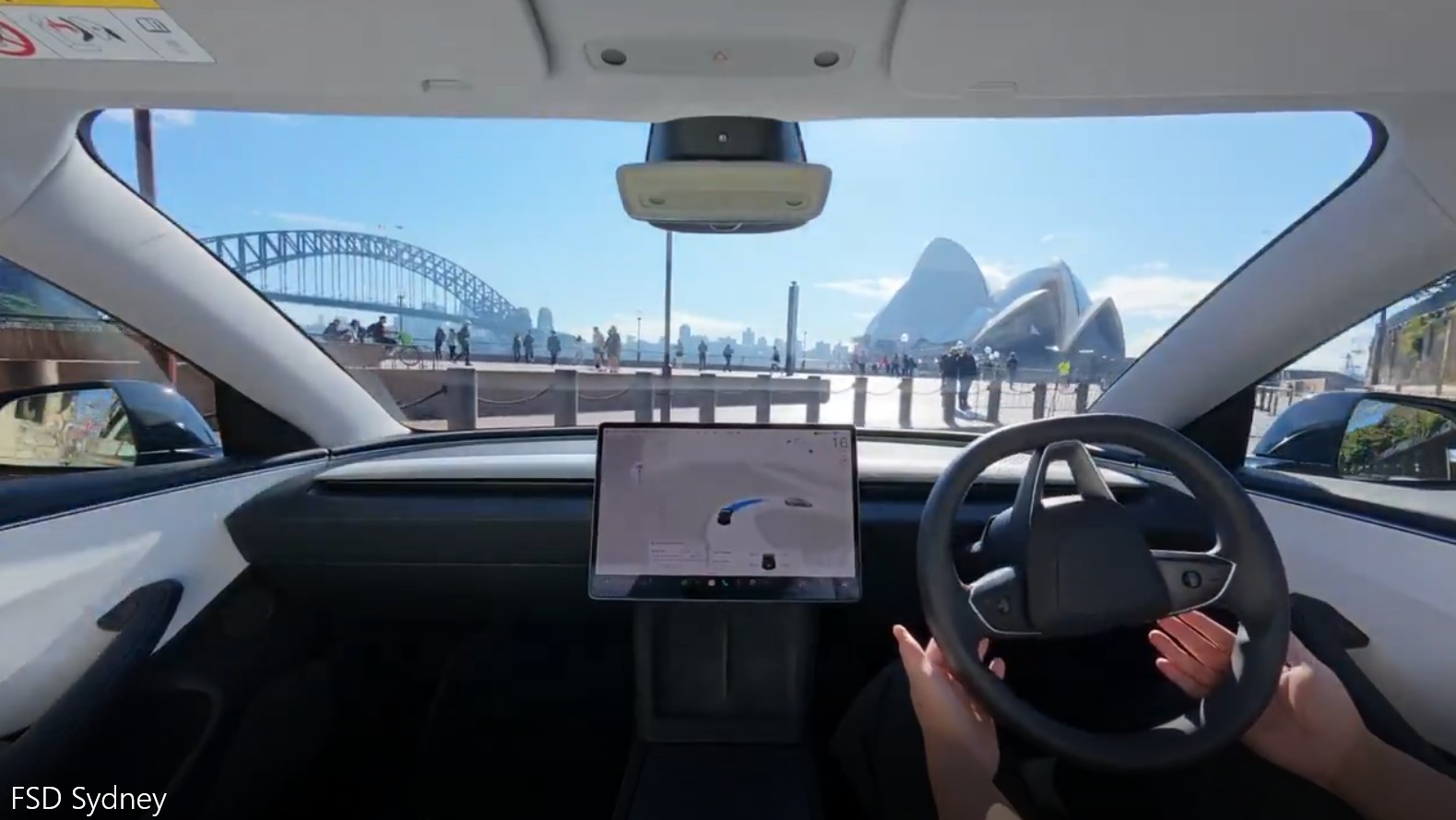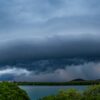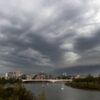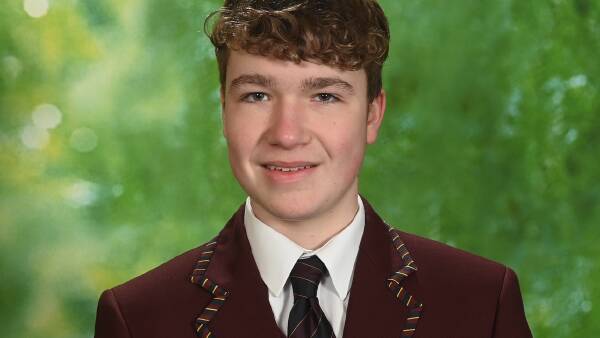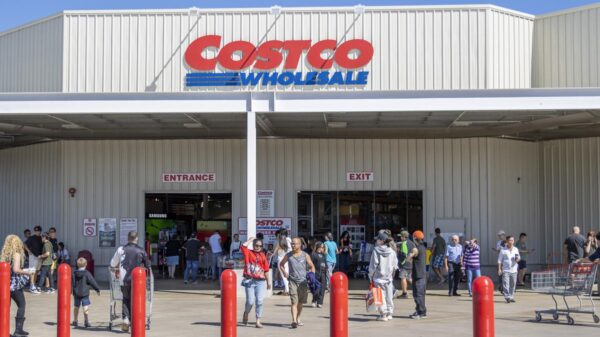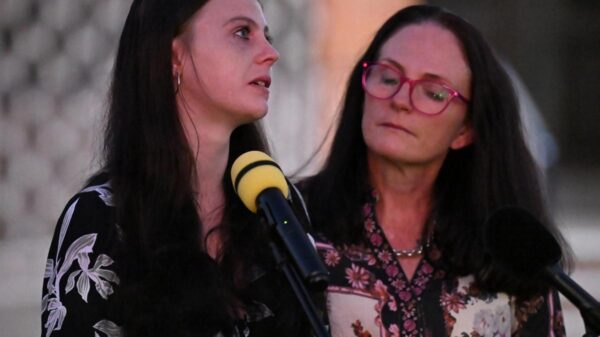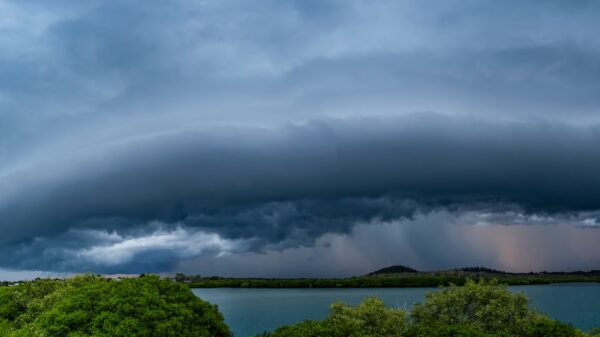UPDATE: Tesla has officially launched its Full Self-Driving (FSD) Supervised software in Sydney, Australia, showcasing its advanced capabilities in navigating the city’s complex urban environment. The announcement comes as a follow-up to a successful demonstration in Melbourne just months prior, indicating the technology is ready for wider deployment.
In a newly released video, Tesla demonstrates the FSD (Supervised) system with a right-hand drive Model 3 expertly maneuvering through Sydney’s bustling streets. The footage, shared by Tesla Australia & New Zealand on X, highlights the vehicle’s ability to handle busy traffic, pedestrians, and intricate intersections. The video is approximately 2.5 minutes long, beginning from a central Sydney location and progressing through iconic routes that include the stunning Sydney Harbour Bridge.
Tesla’s FSD system showcases its proficiency by indicating turns, adjusting speeds, and yielding to other road users—all while the driver maintains supervision without any need for intervention. This impressive feat not only emphasizes the car’s technological advancements but also its adaptability to Australia’s unique driving conditions.
Despite the excitement, Tesla owners in Australia, who have invested up to A$10,100 for FSD, are growing increasingly impatient for access. Many have been waiting for years, anticipating the release of this cutting-edge software. Currently, Australian Tesla owners have started receiving the 2025.20.6.1 software version, which likely includes the necessary codebase for FSD, although the exact version used in the Sydney demonstration remains unclear.
The urgency for FSD software is underscored by the alarming road safety statistics in Australia. According to the latest figures, there were 1,329 fatalities in the year leading up to June 2025, reflecting a 3.3% increase from the previous year. The fatality rate stands at 4.9 deaths per 100,000 people, highlighting the critical need for safer driving alternatives. Data from Q1 2025 indicates that Tesla vehicles using Autopilot, which incorporates FSD features, experienced one crash every 7.44 million miles, significantly better than the US average of one crash per 955,000 miles.
With successful demonstrations now completed in both Sydney and Melbourne, Tesla’s FSD (Supervised) is positioned to make a profound impact on road safety in Australia. The technology’s capability to anticipate hazards—something human drivers may overlook due to fatigue or distraction—could dramatically lower accident rates. Unlike competitors tied to specific zones or hardware, Tesla’s end-to-end neural network leverages fleet-wide data, allowing it to learn and improve continuously without relying on costly lidar or HD maps.
The FSD system seamlessly integrates into city traffic, managing lane changes and speed variations with ease. It also responds adeptly to pedestrians and cyclists, prioritizing safety in crowded areas. By navigating multi-lane intersections and roundabouts with precision, it adapts to dynamic driving conditions effortlessly.
As Tesla prepares for a broader rollout, observers will be watching closely for an official release date, which has yet to be announced. The potential for FSD to revolutionize urban driving and enhance safety is significant. For Tesla enthusiasts and owners, this latest development not only reaffirms the company’s commitment to innovation but also emphasizes the urgent need for improved road safety measures in Australia.
Stay tuned for more updates as Tesla continues to push the boundaries of autonomous driving technology, paving the way for a safer future on the roads.

